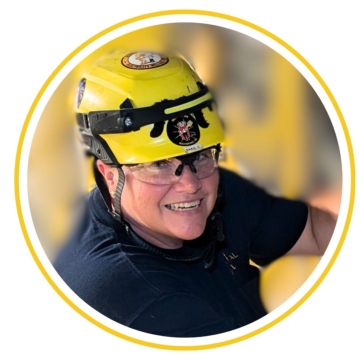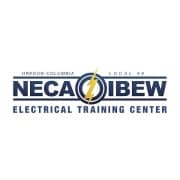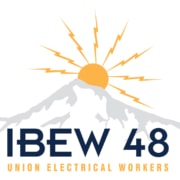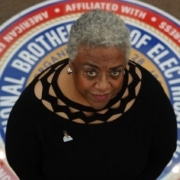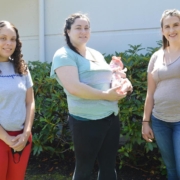Cowlitz County is seeing a rise in homeless, unaccompanied youth—children who are not in the custody of a parent or guardian.
To address this growing issue, Community House in Longview, WA built a new youth shelter called Beth’s Place. Beth’s Place is named in memory of Mariah Beth Morrison, daughter of Community House Executive Director Frank Morrison, who tragically passed away in 2023 from an overdose. Though she was not homeless, Morrison said her struggles with addiction inspired him to help others facing similar challenges—many of whom are homeless.
The name “Beth” comes from the Hebrew word for home or house, symbolizing warmth, comfort, and a sense of belonging.
Beth’s Place will provide a safe space for Cowlitz County teens aged 13 to 17 who agree to engage in substance use treatment and work toward sobriety. The focus will be on helping residents stay on track to graduate from school and find employment.
In this feature, we speak with Andy Busack, President and Co-Owner of Busack Electric, about his company’s valuable contribution to this important project.
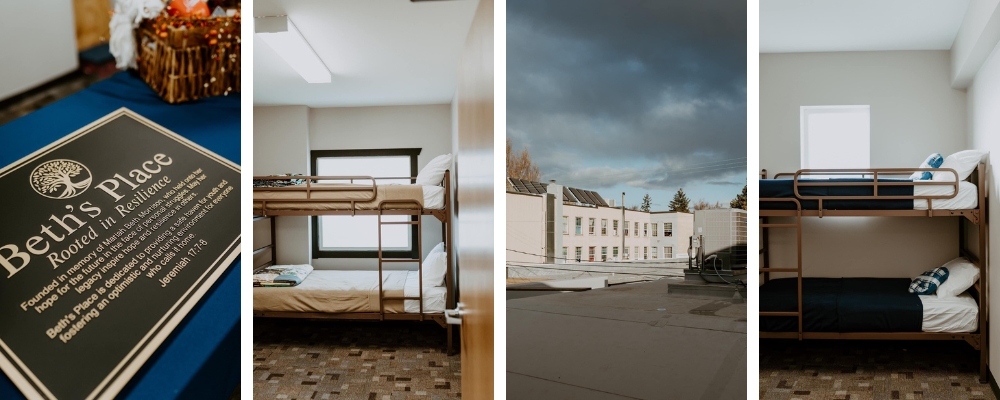
How did Busack Electric become involved in this project?
This isn’t the first project we’ve done for Community House. We started working with them a few years ago when they acquired a commercial building in downtown Longview and converted it into a youth resource center. After that, they decided to renovate the first floor of their homeless shelter, turning it into a resource center where residents can access job rehabilitation counseling, veterans’ services, and other support to help them get back on their feet.
So, when this new project came up, it made sense for us to stay involved. Since we’ve already worked with Community House on Broadway and completed other projects for them, continuing the partnership was an obvious choice. This new shelter will be the first—and only—homeless shelter in Washington state dedicated solely to youth.
When did the project start, and what was Busack Electric’s role?
The project kicked off in the fall of 2023 and was wrapped up and handed over to Community House in October 2024. This was a big deal for our company, as it gave us the chance to keep some of our core team members busy. Being a family-owned business with just five electricians, projects like this are key to keeping everyone on the payroll.
We handled everything electrical from start to finish—fire alarms, lighting, power, new electrical service, voice and data cabling, and the security system. We took care of it all.
Did you face any challenges or need to think outside the box during the project?
While it wasn’t exactly a challenge, towards the end of the project, the state made a change during their final review before granting occupancy. They reclassified the building as a hotel/dormitory, which required us to go back and add extra exit signs and emergency lighting to meet new code requirements. It was an unexpected change, but we were able to quickly adjust and keep the project moving forward.
Can you share any stories or experiences from working on this project, particularly in terms of collaboration with the team or communication with the community?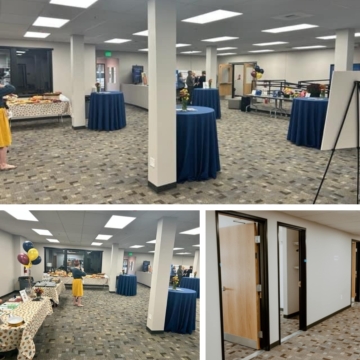
One of the most rewarding aspects of this project was working closely with the residents of Community House. Frank Morrison, the CEO, involved some of the residents in the project by giving them opportunities for general labor work like cleanup and garbage removal. This was a great experience for them, as many are working hard to get their lives back on track. It felt good to know they were gaining work experience while contributing to a meaningful project.
It was especially fulfilling to be part of something that directly impacts the community. As a contractor, I’ve always taken pride in the work we do. It’s great to be able to drive around town with my kids and point out buildings we’ve worked on and say, “Dad wired that.” In the future, I hope the residents of Community House, once they’re back on their feet, will be able to do the same. They might one day point to this youth shelter and say, “I helped build that when I was down and out.”
What are your thoughts on homelessness and the community’s role in supporting those in need?
I’ve always thought—it’s not a crime to be homeless. It’s not a crime to be poor. A lot of times, it’s not a choice. It’s a life disaster. A lot of times a family member gets hurt, and so all the money goes to medical bills and you go bankrupt. Maybe someone goes through a divorce or maybe has a substance abuse problem. We all know substance abuse is a powerful thing. No matter how hard people want to be clean and sober, sometimes it’s impossible to do without getting professional help.
The way I look at it is, that I don’t consider homeless people any less of a citizen in the community than I am. They just need a little bit of help because we could all be there someday.
Literally, I could be there myself, so I don’t ever think it’s a crime to be homeless or poor. I look at all of those people and think, “There was a day when they weren’t in that position. It just kind of happened to them, so they gotta do what they can to get on their feet.” Any help the community of Longview can give them will be beneficial.
About Busack Electric
Started by Kelli and Andy Busack; this family owned and operated business provides expert electrical knowledge and skill to Cowlitz County and surrounding areas. You can connect with Andy on LinkedIn or visit Busack Electric’s Facebook page to learn more about the company and their recent projects.







